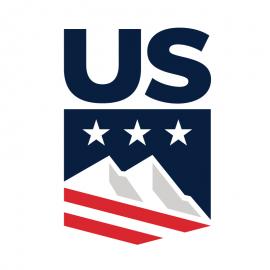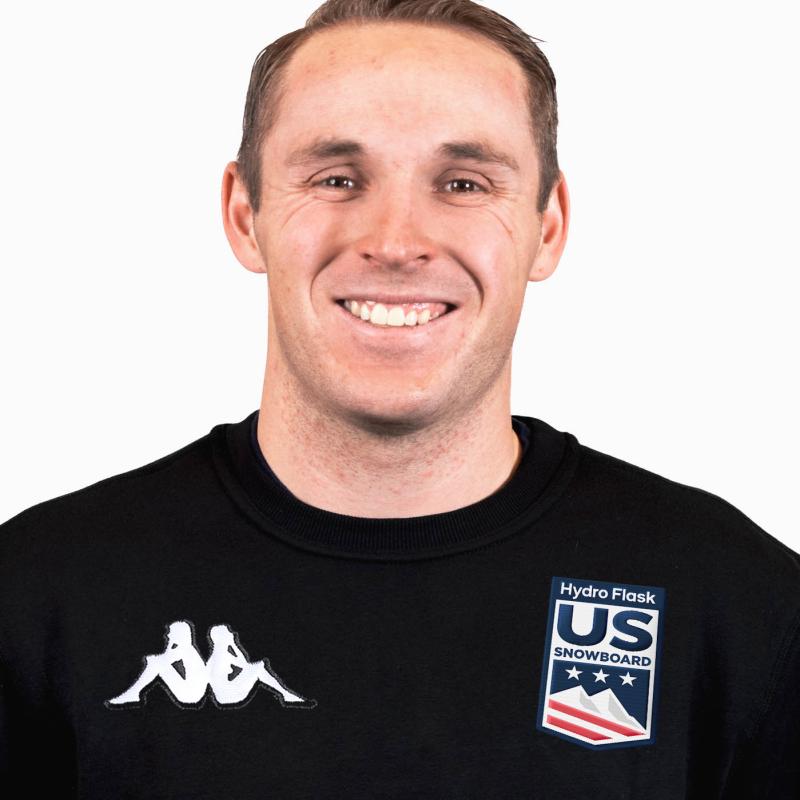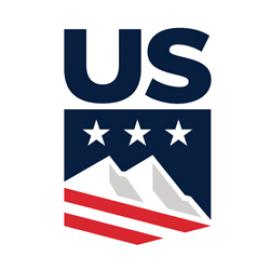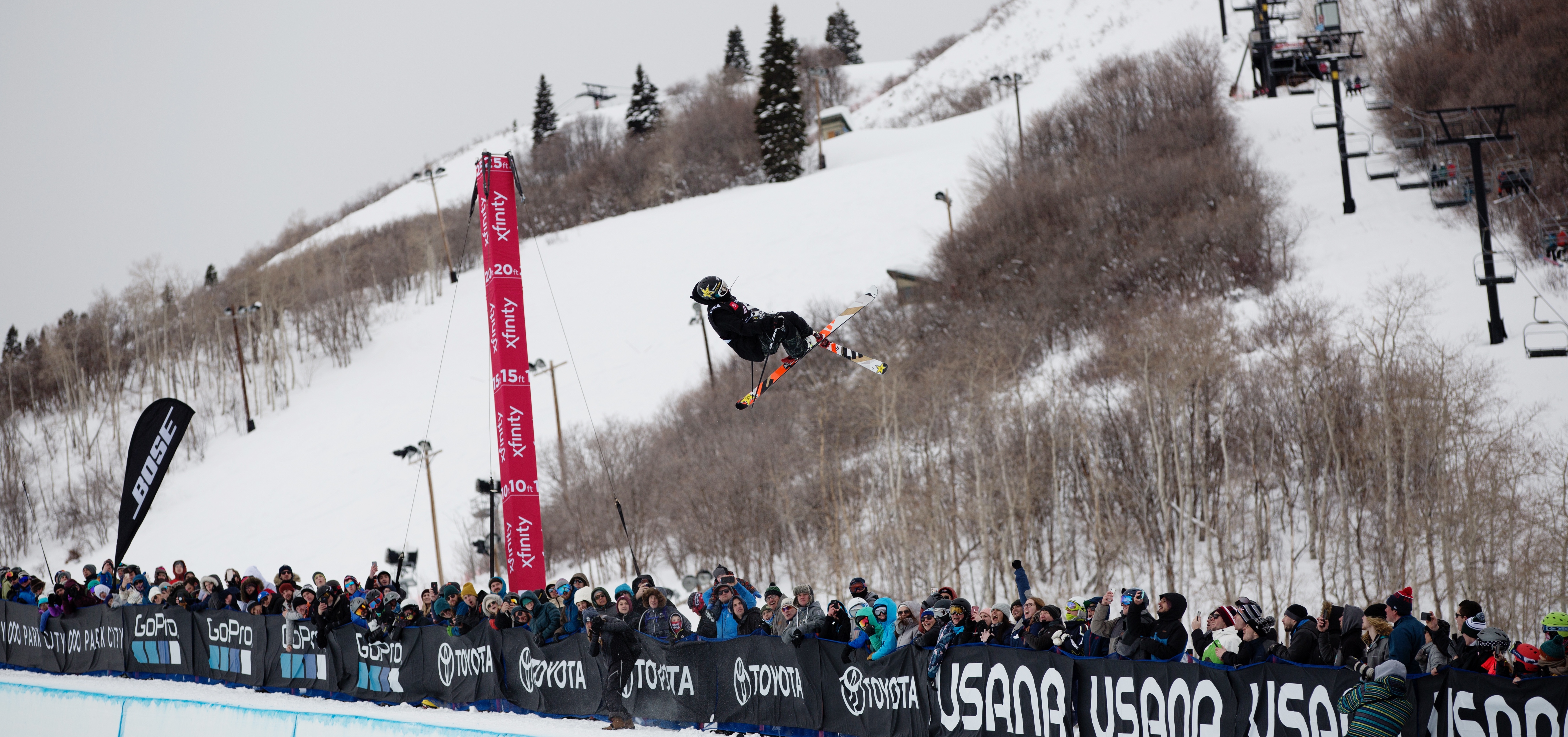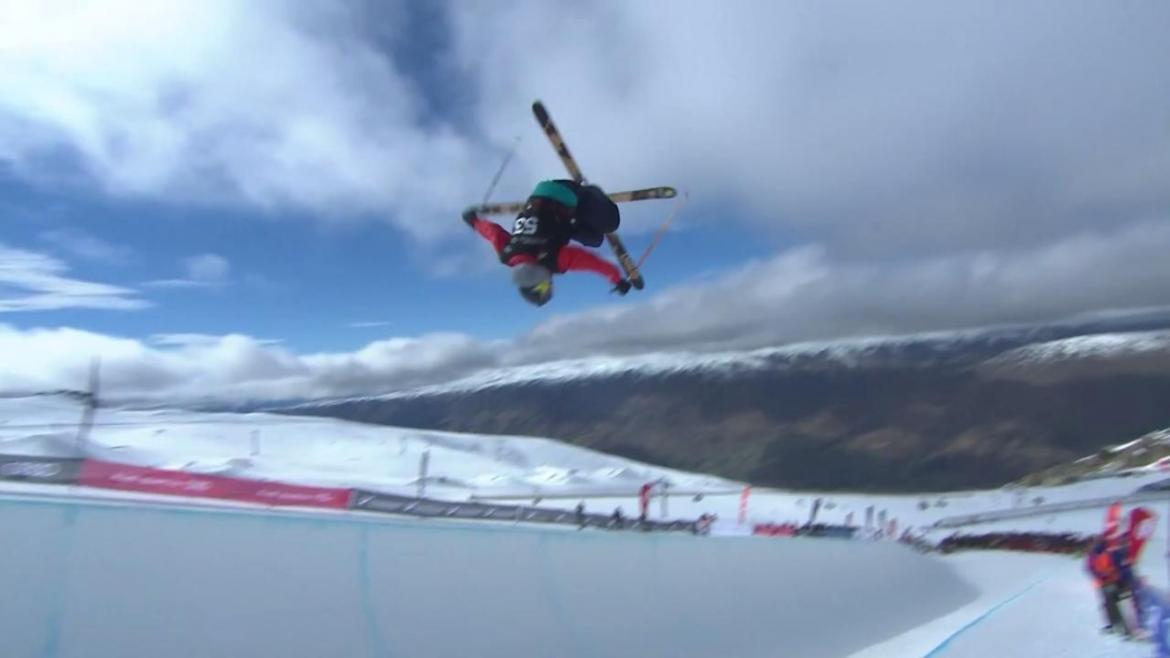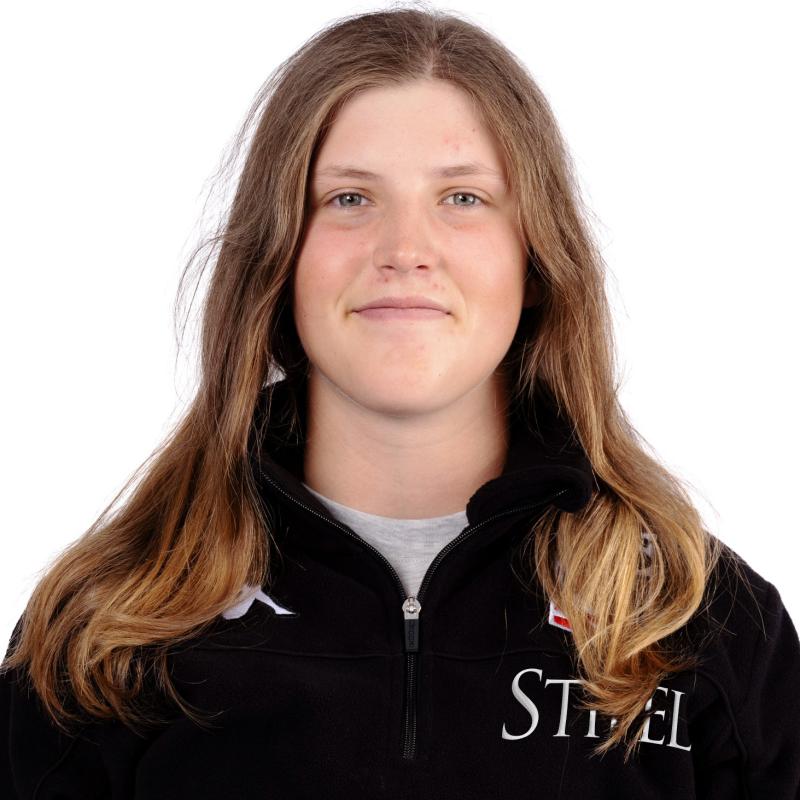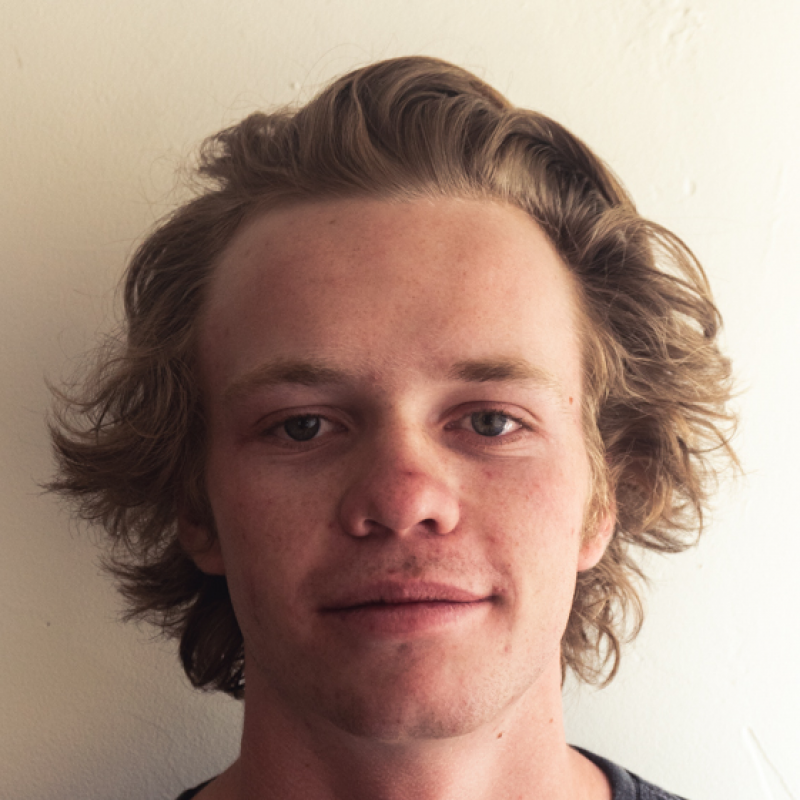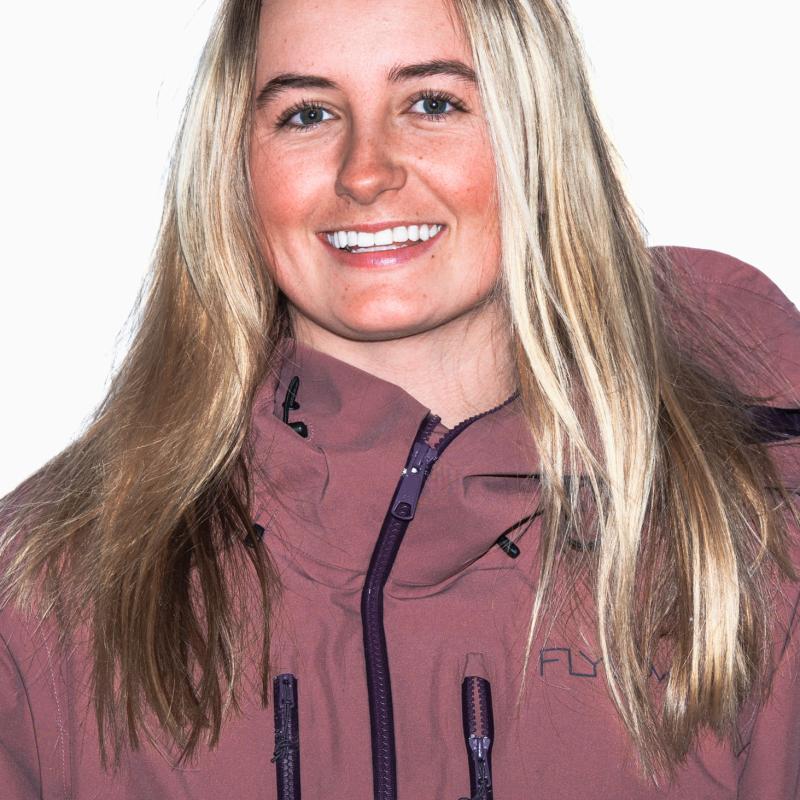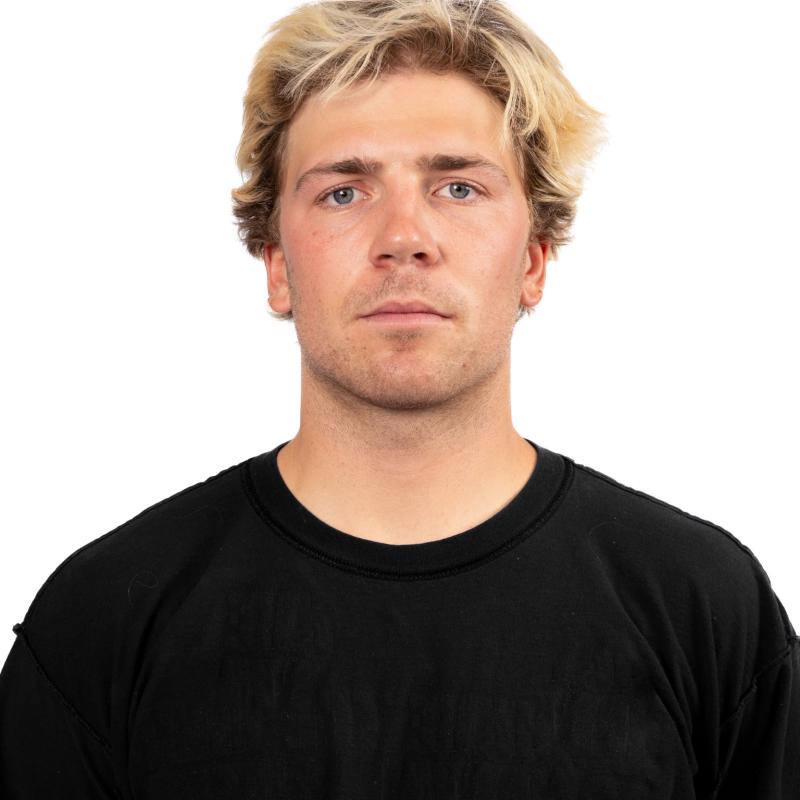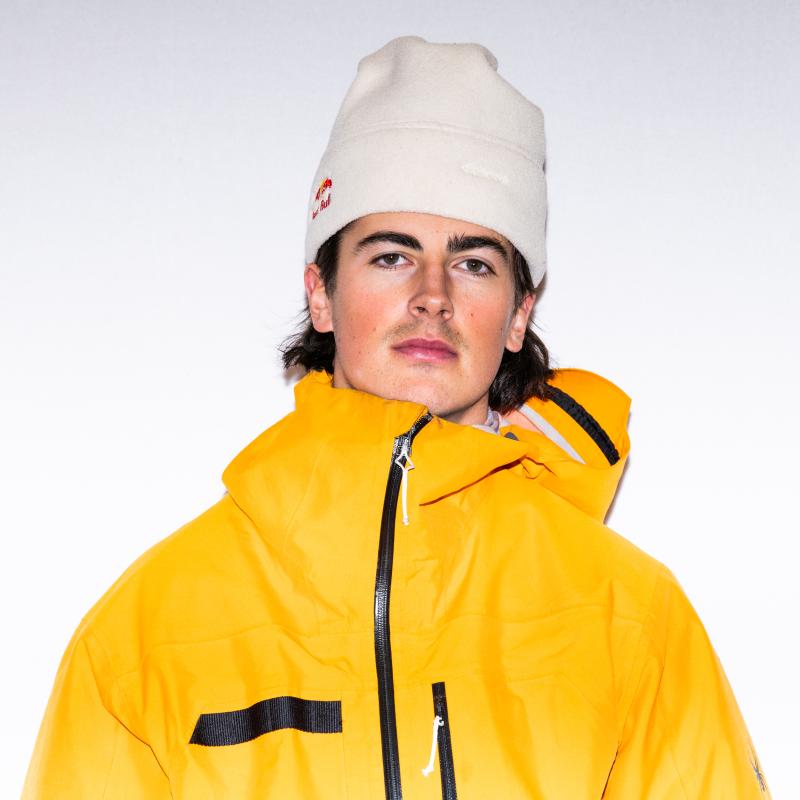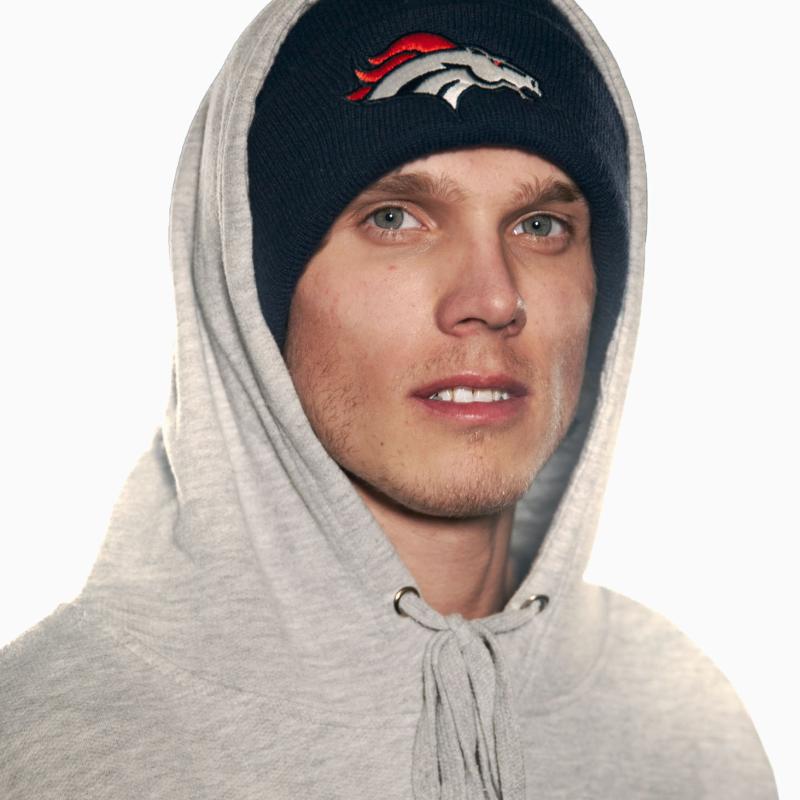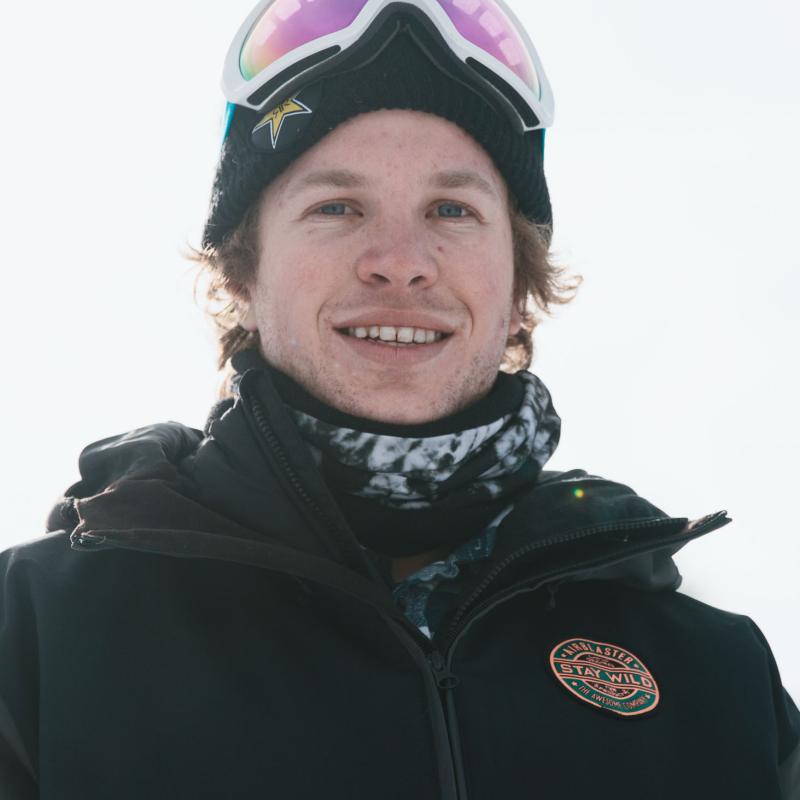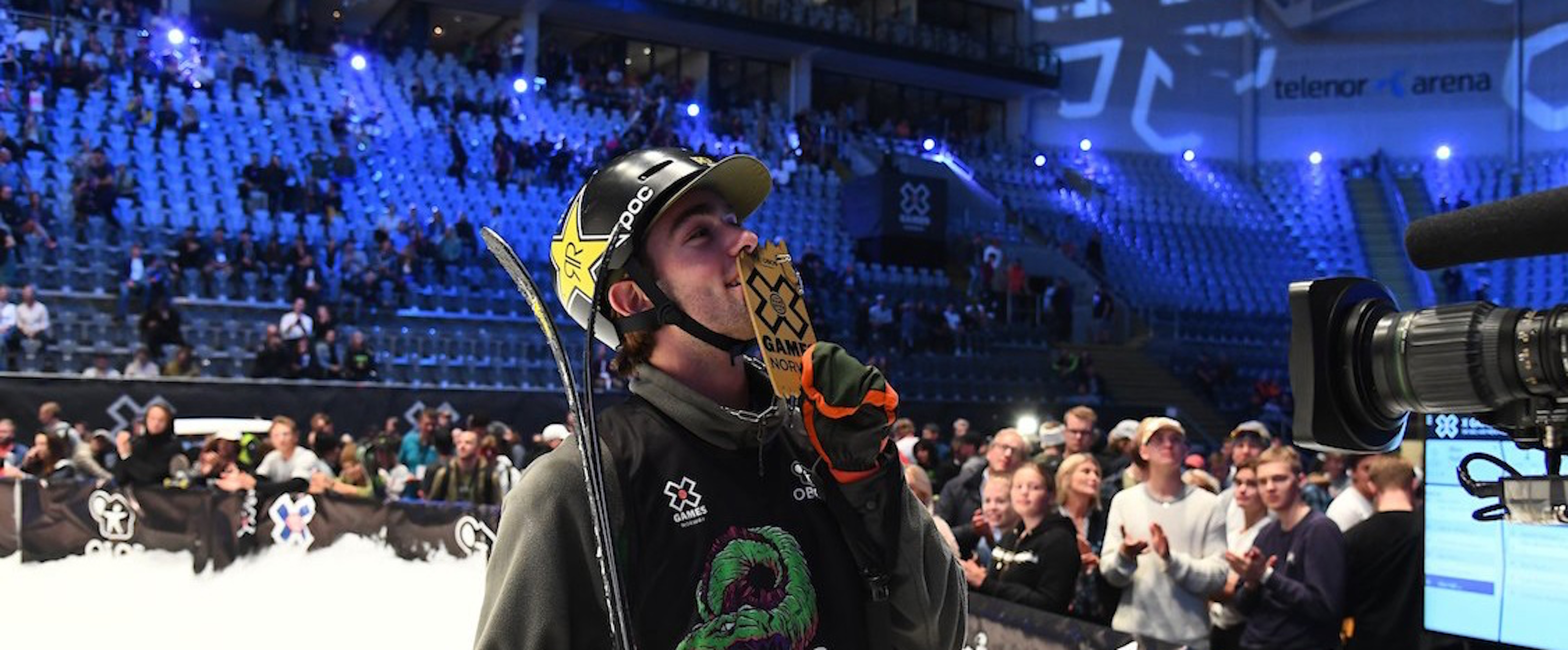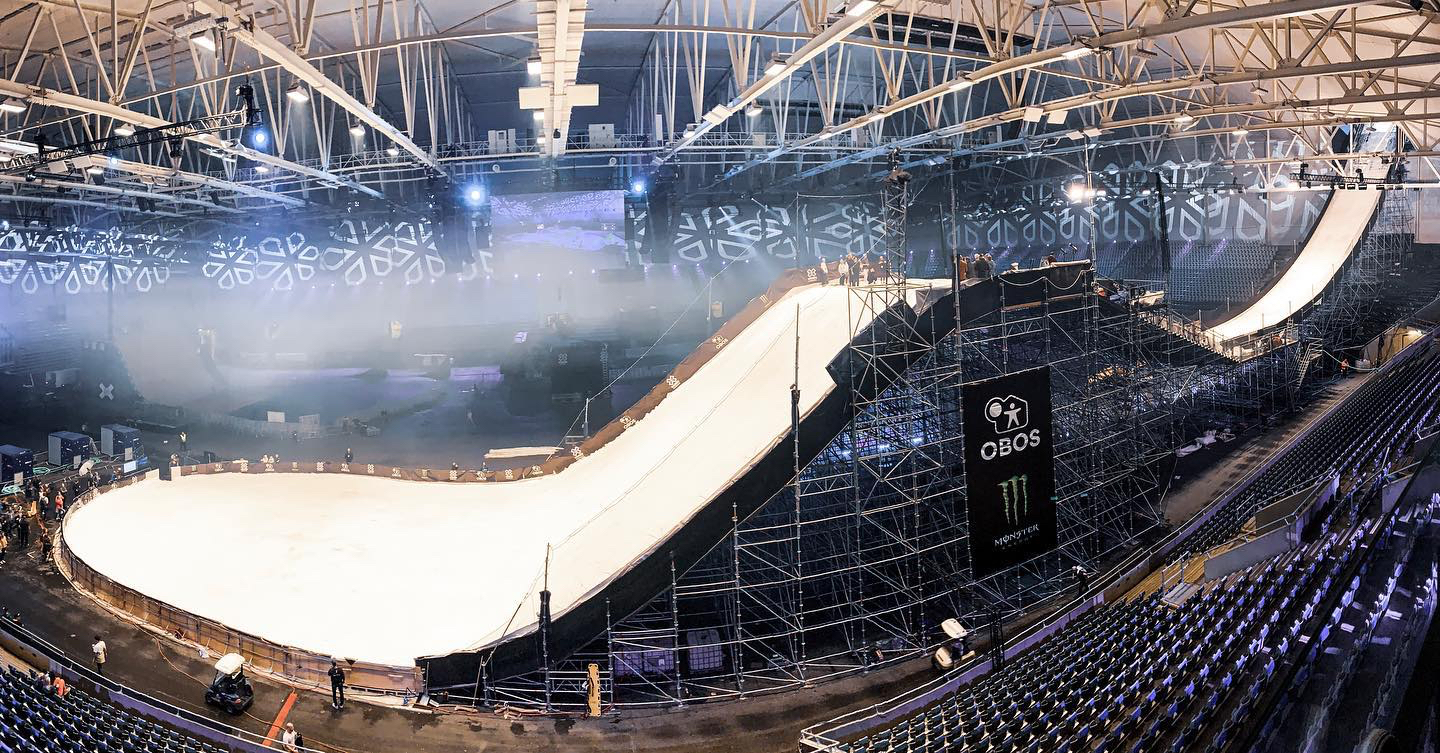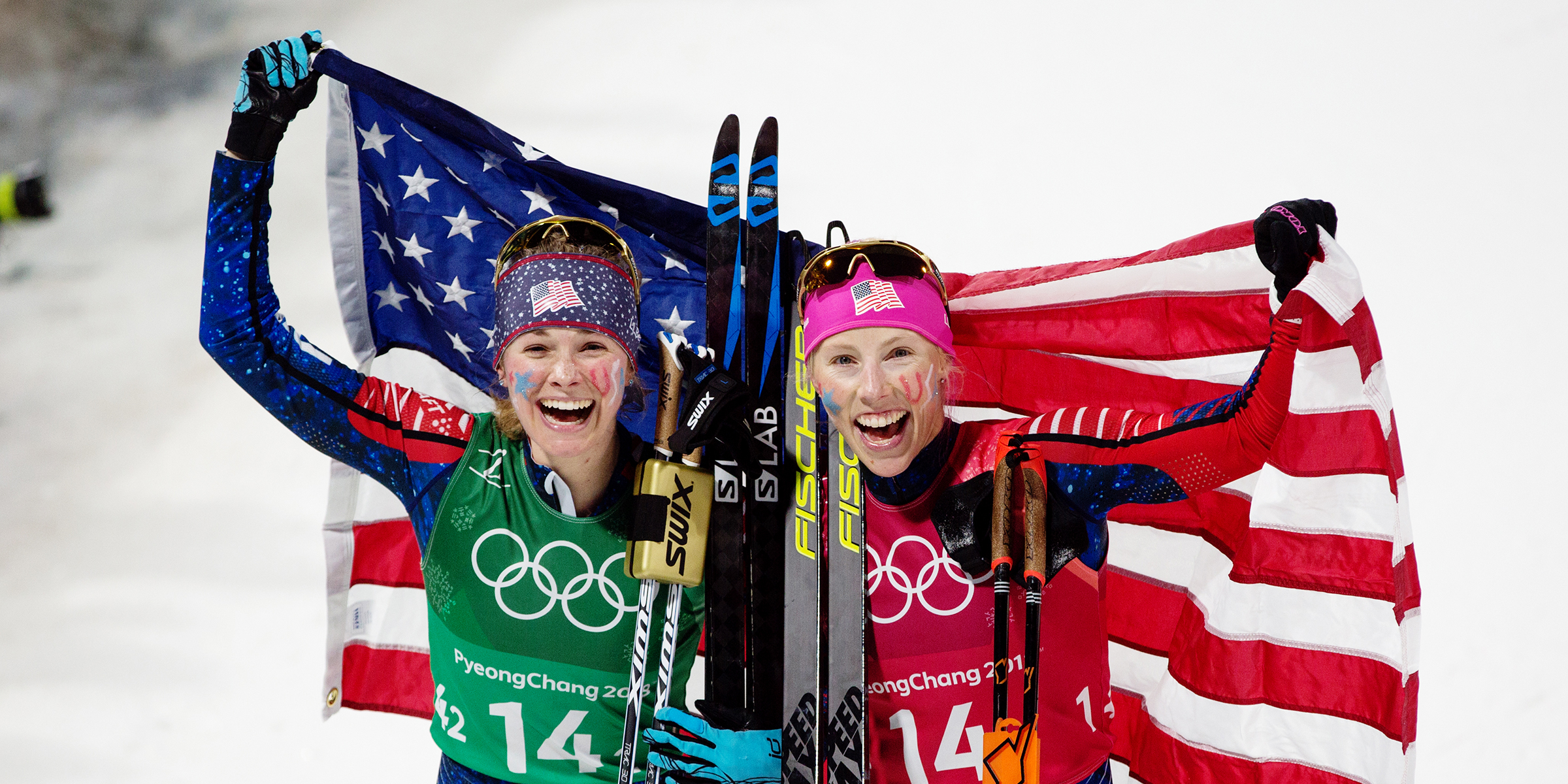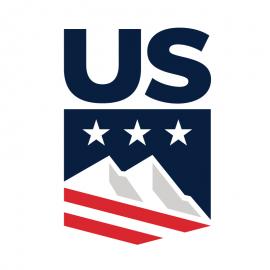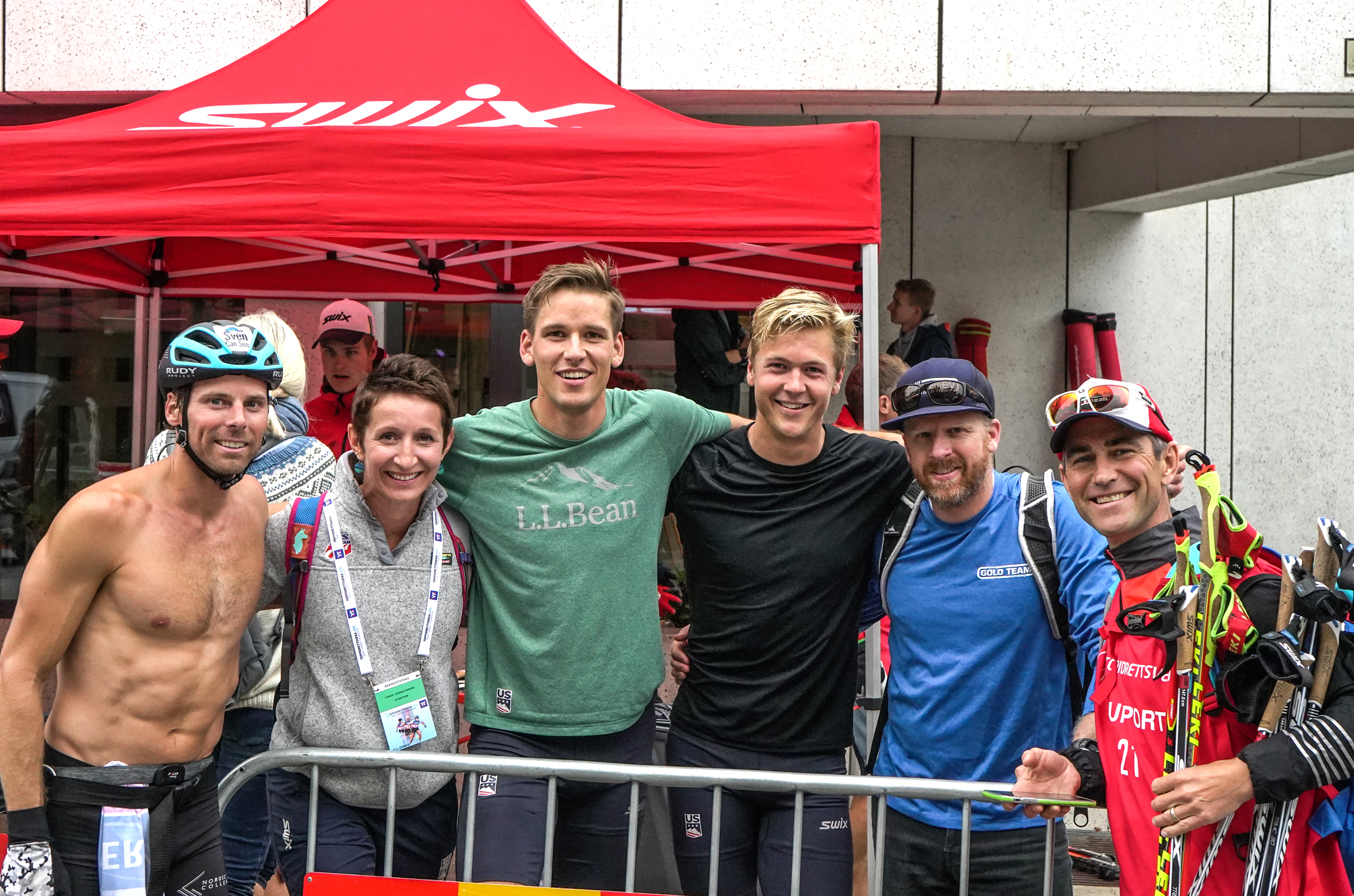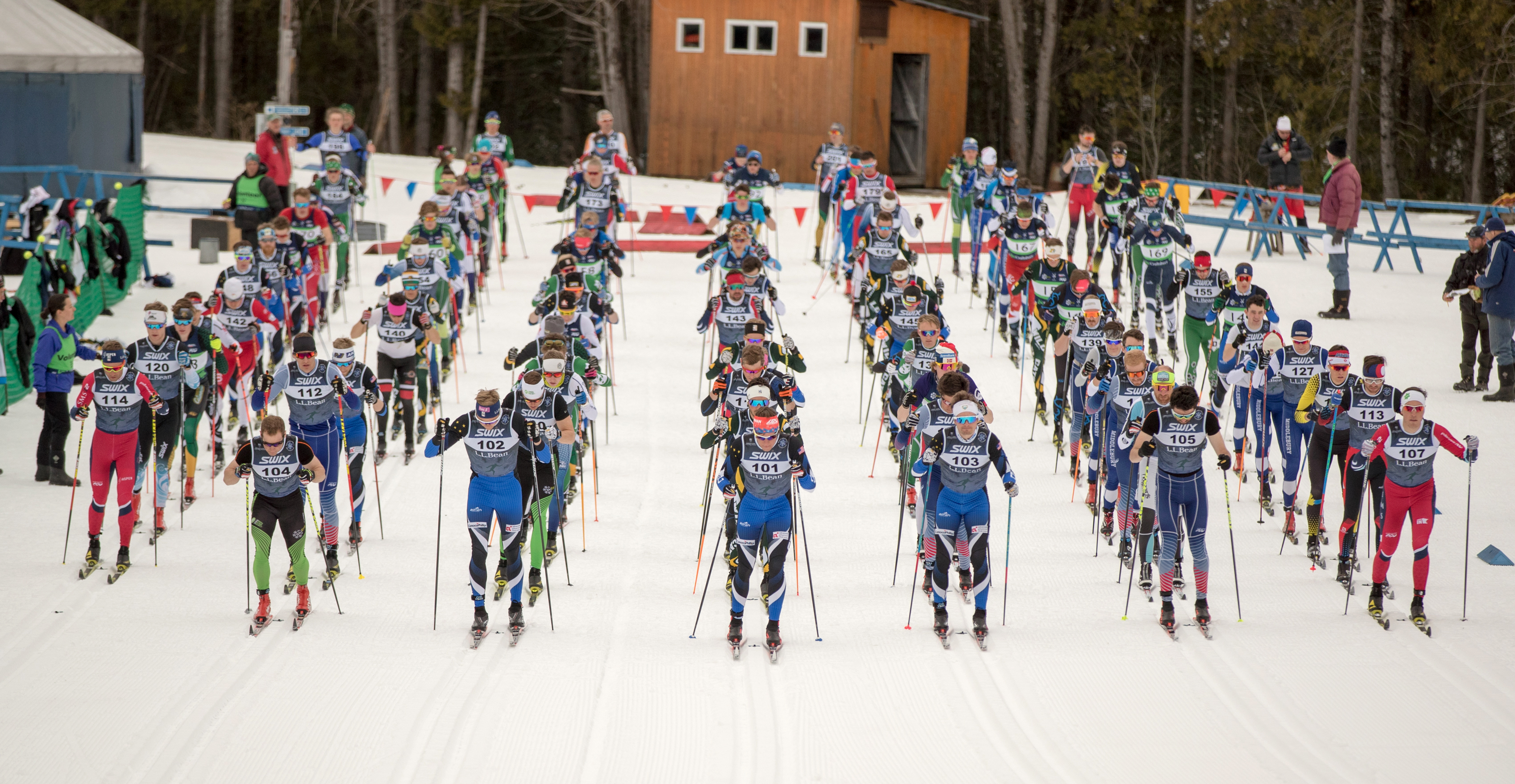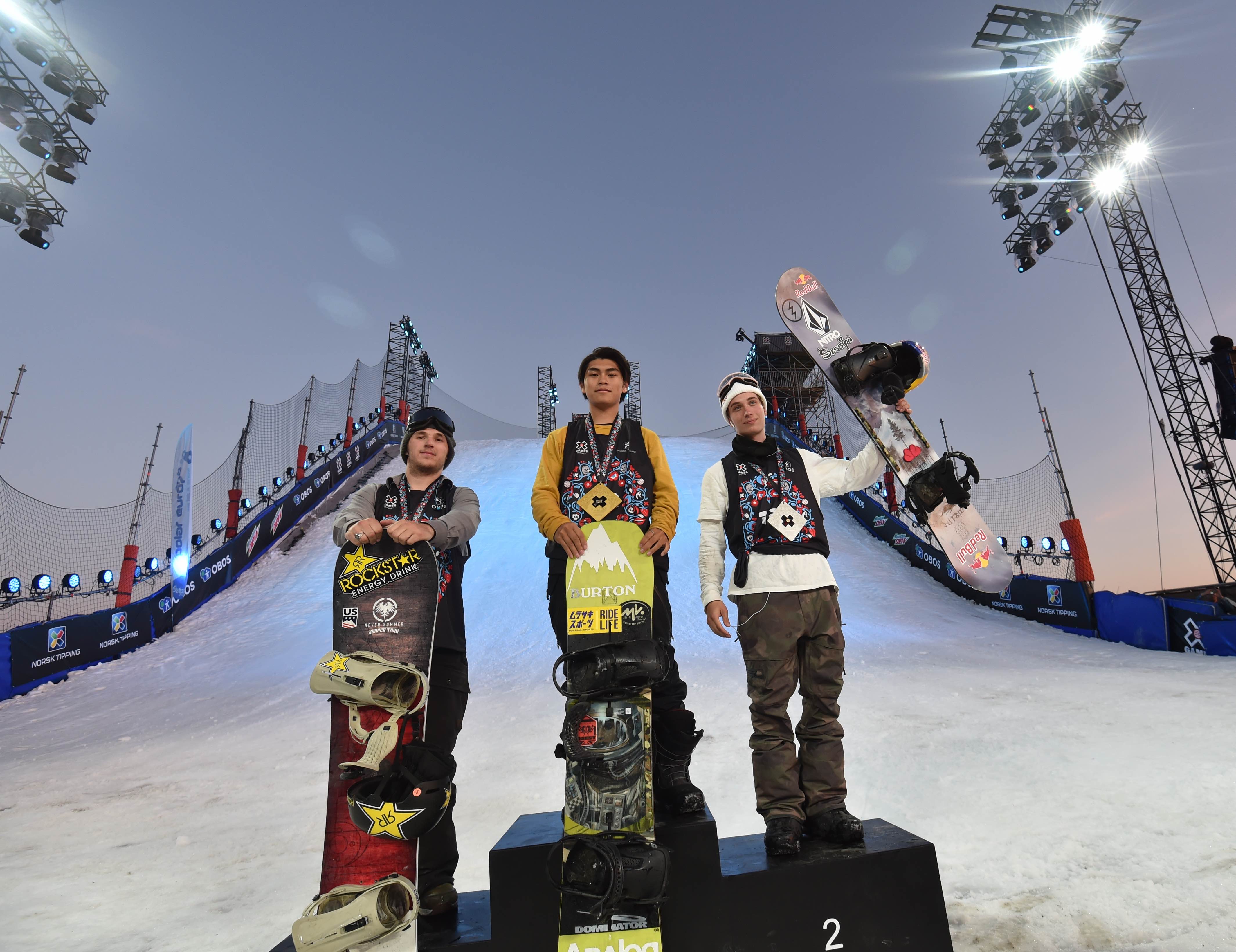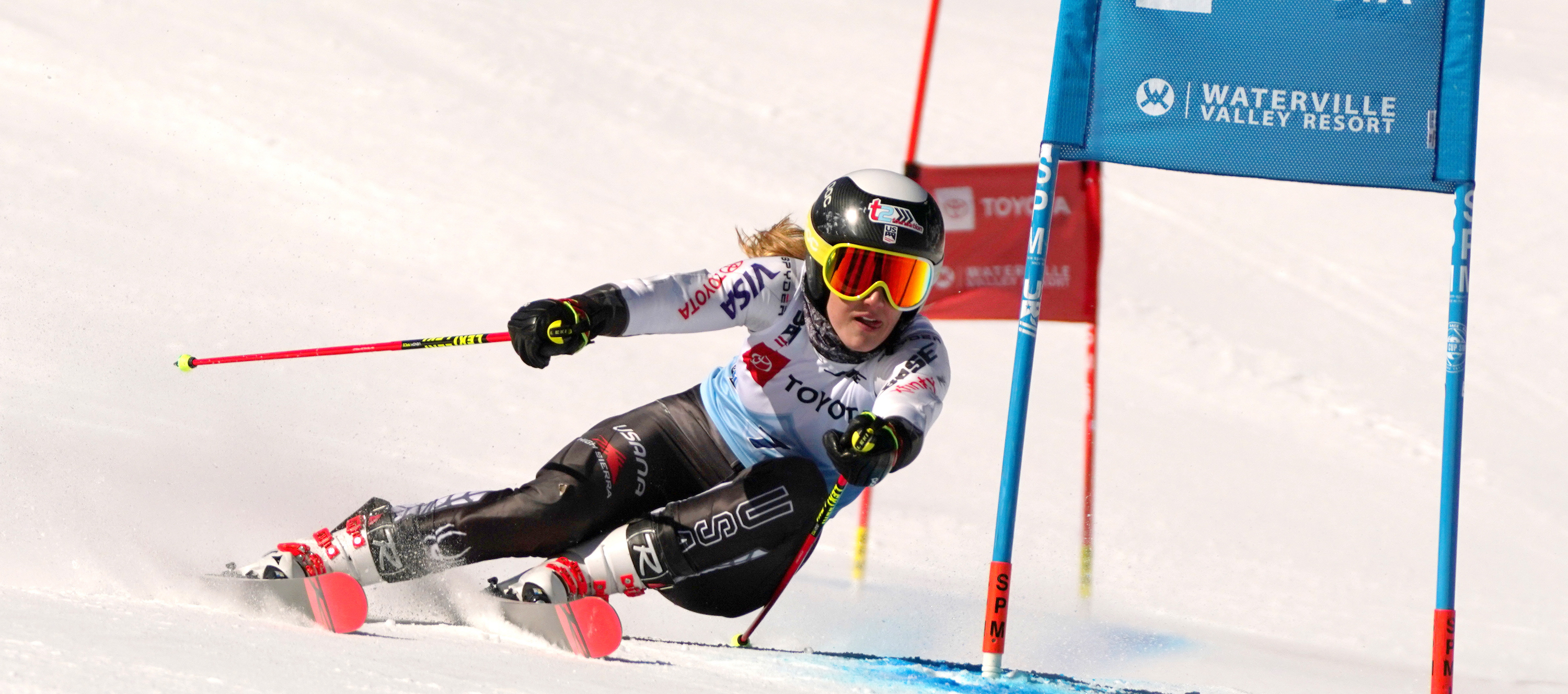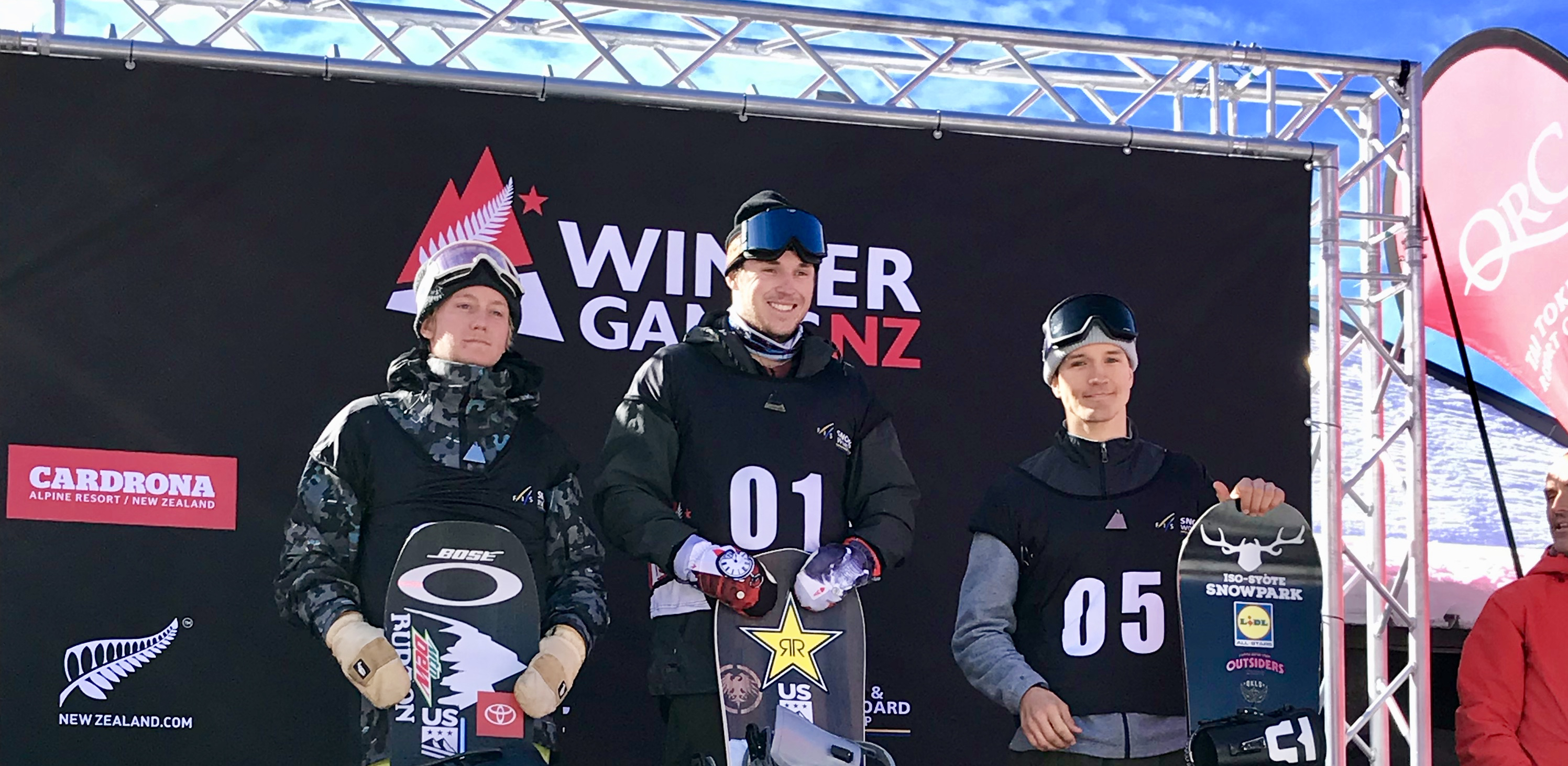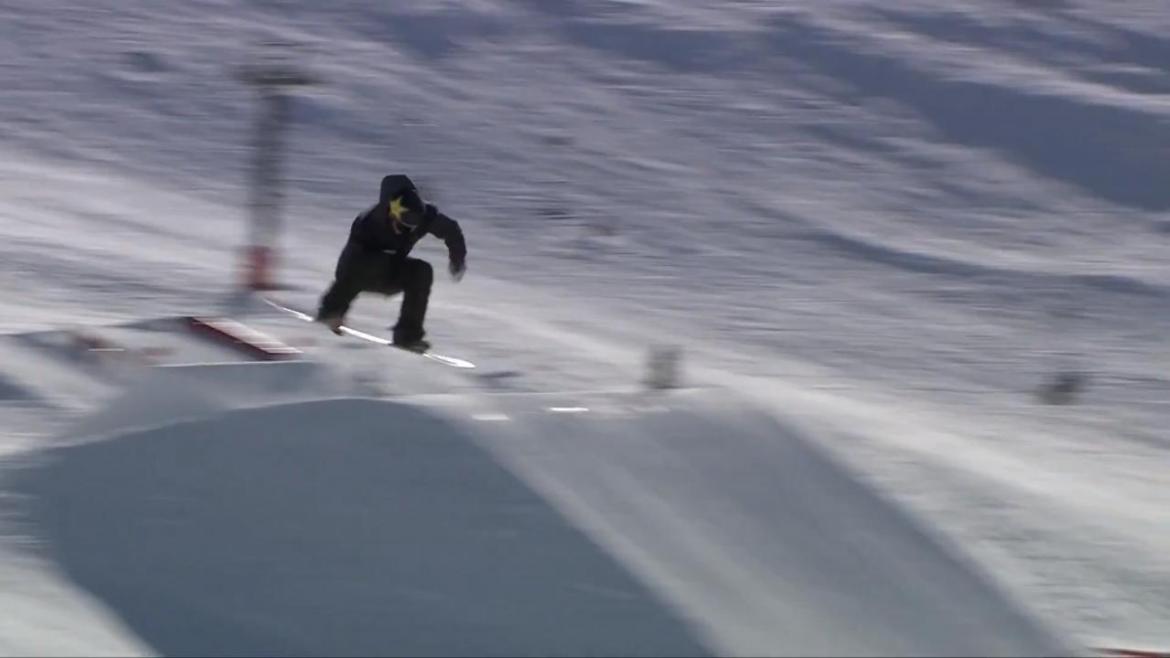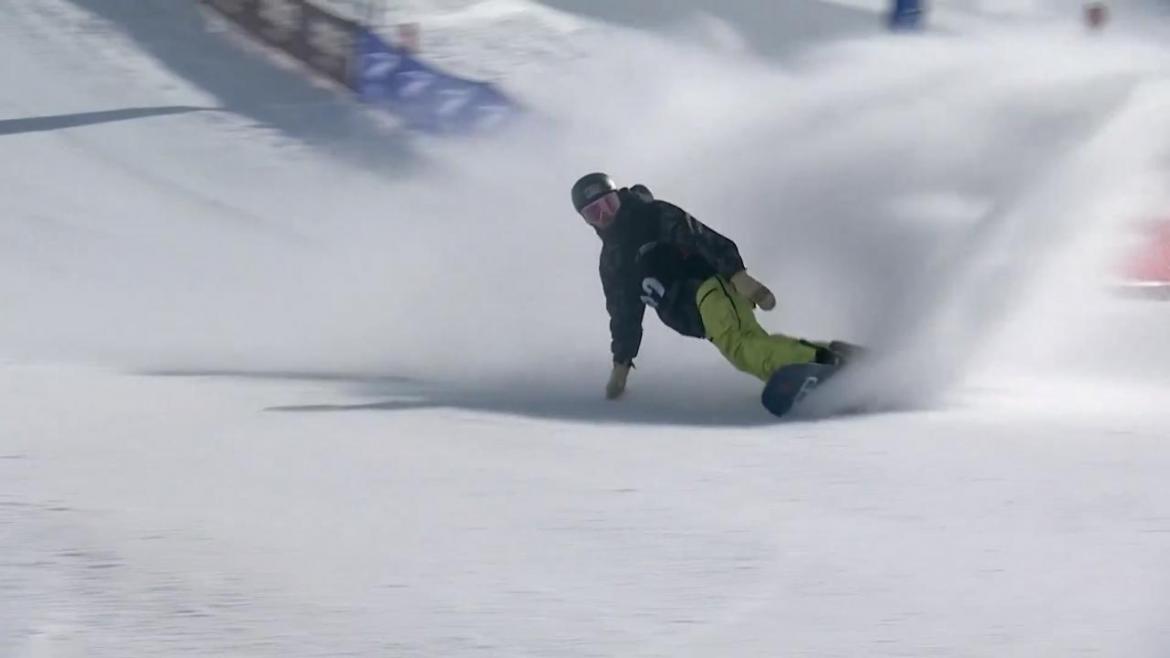Vote Corning USOPC Team USA Athlete of the Month
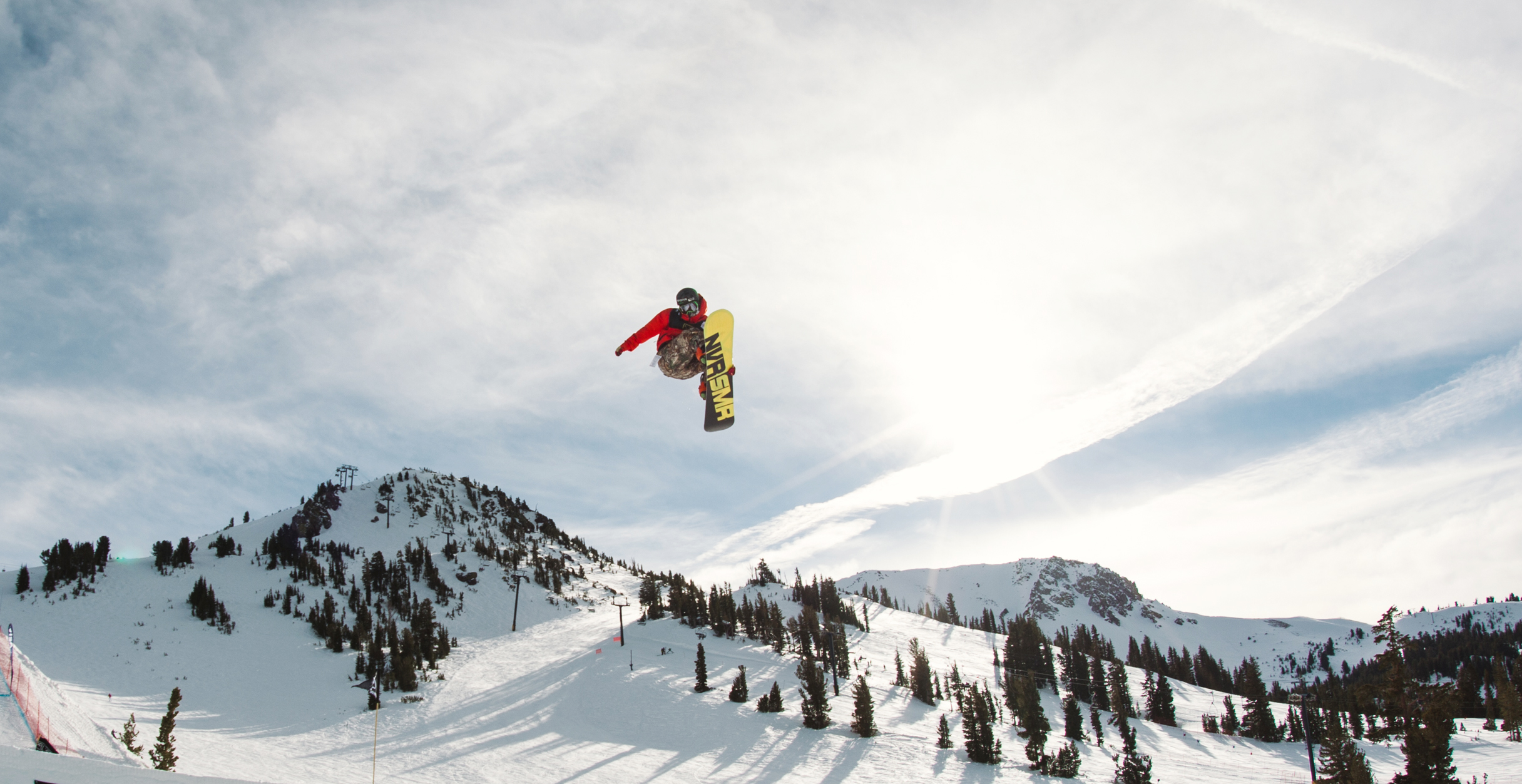
The United States Olympic & Paralympic Committee today announced the finalists for the Team USA Awards presented by Dow, Best of August, which recognize the outstanding achievements of Team USA athletes from last month. U.S. Snowboard Team member Chris Corning (Silverthorne, Colo.), who won the opening FIS Snowboard World Cup big air in New Zealand, is among the finalists. Fans are invited to vote for their favorite athletes and teams at TeamUSA.org/Awards through midnight Monday, Sept. 9.
A total of 12 sports – including equestrian, figure skating, gymnastics, Para taekwondo, shooting, snowboarding, sport climbing, triathlon, water polo, water ski, wheelchair rugby and wrestling – are represented among the 13 finalists across men’s, women’s and team categories. The finalists’ collective accomplishments tell the inspiring story of U.S. Olympic and Paralympic athletes year-round.
AUGUST FINALISTS
Male Athlete of the Month
Jordan Burroughs (Sicklerville, N.J.), Wrestling
Won his third-straight Pan American Games title, winning the 74 kg. bracket in men’s freestyle with a perfect 3-0 record that included defeating two world medalists.
Brian Burrows (Fallbrook, Calif.), Shooting
Clinched the gold medal in men’s trap at the Pan American Games Lima 2019, earning a quota spot for the Olympic Games Tokyo 2020, Team USA’s first in the event since 2008.
Chris Corning (Silverthorne, Colo.), Snowboarding
Opened the 2019-20 FIS World Cup season with a big air snowboarding win on the strength of his signature quad cork 1800, defeating the world No. 4 and 5 athletes and defending his title at the New Zealand event.
Johnny Hooper (Los Angeles, Calif.), Water Polo
Led the American men with 24 goals – over 20 percent of Team USA’s 117 goals – as the U.S. won the gold medal at the Pan American Games Lima 2019 and qualified for the 2020 Olympic Games.
Evan Medell (Grand Haven, Mich.), Para Taekwondo
Won three straight matches at the Parapan American Games to become the first U.S. gold medalist in the sport as taekwondo made its debut at the Parapan American Games in Lima, Peru.
Female Athlete of the Month
Simone Biles (Spring, Texas), Gymnastics
Won her sixth U.S. all-around title, earned three gold medals and a bronze in individual events and performed two skills never before performed by a female gymnast in competition: a double-double dismount on beam and a triple-double pass on floor.
Regina Jaquess (Santa Rosa Beach, Fla.), Water Ski
Secured gold medals in slalom, jumping and overall at the Pan American Games Lima 2019, took two titles at the national championships and led the U.S. to overall team silver at the world championships with a silver in slalom and bronze in jumping.
Alysa Liu (Richmond, Calif.), Figure Skating
Became the first U.S. woman to land a quad Lutz in competition and the first woman in the world to land a quad and triple Axel in the same program, winning the ISU Junior Grand Prix in Lake Placid by 21.52 points in her junior international debut.
Brooke Raboutou (Boulder, Colo.), Sport Climbing
Became the first American climber to qualify for an Olympic Games, finishing ninth in combined at the IFSC Climbing World Championships to earn a spot in Tokyo for the sport’s Olympic debut.
Katie Zaferes (Santa Cruz, Calif.), Triathlon
After earning third in 2017 and second in 2018, clinched the overall 2019 ITU World Triathlon Series title by winning the ITU World Triathlon Grand Final, her fifth podium finish – and fourth win – in eight WTS races this series.
Team of the Month
U.S. Eventing Team, Equestrian
Claimed the team gold medal at the Pan American Games Lima 2019 – with a final score over 30 penalty points lower than the silver-medal team – thus securing U.S. team qualification for the Olympic Games Tokyo 2020.
U.S. Wheelchair Rugby Team
Defeated Canada, 58-47, in the gold-medal match at the Parapan American Games Lima 2019 to go undefeated throughout the tournament and punch its ticket for the Paralympic Games Tokyo 2020 with the win.
U.S. Men’s National Team, Water Polo
Outscored its opponents, 117-27, to go undefeated and win the gold medal at the Pan American Games Lima 2019, qualifying for the Olympic Games Tokyo 2020.
SELECTION PROCESS
Each National Governing Body may nominate one female, one male and one team per sport discipline. An internal nominating committee selects finalists to advance to the voting round. Votes received from NGB representatives and select members of the media account for 50 percent of the final tally, with the other half determined by online fan voting via TeamUSA.org/Awards.
